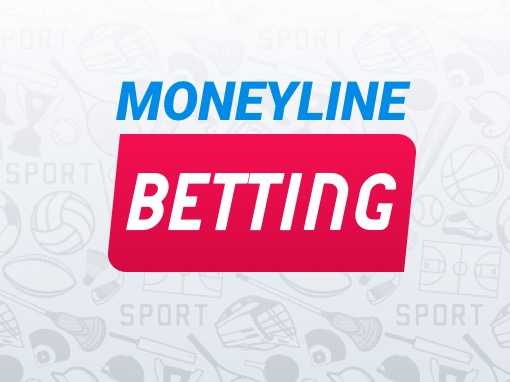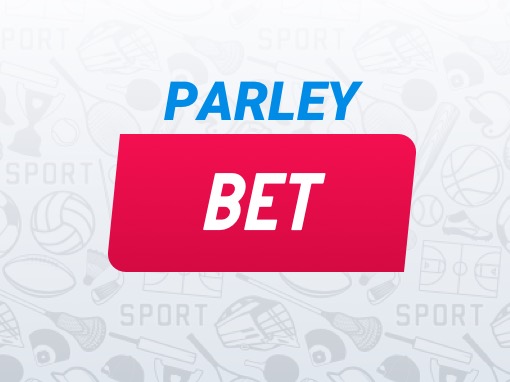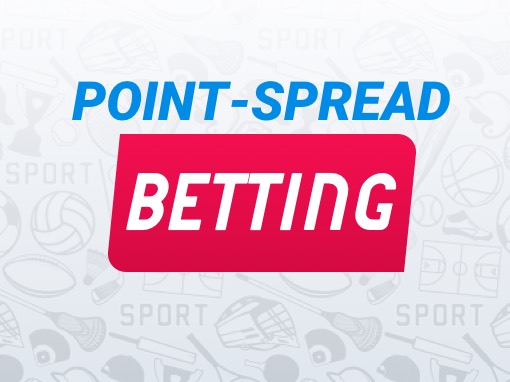How Do Betting Odds Work?
Understanding the types of odds can be confusing at first, but our easy-to-read guide will cover all you need to know. This includes how to read the different odds, implied probabilities, and other betting factors. Let’s jump right in.

What are American, Decimal & Fractional Odds?
There are three odds types found at online sportsbooks. The standard odds display is US odds, but it’s good to grasp decimal odds and fractional odds too.
American Odds
American odds are sometimes referred to as US odds, or moneyline odds. You will find prices in this format at all legal US sportsbooks.
How American Odds Work
American odds are displayed with either a positive (+) or negative (-) amount. The positive sign denotes the underdog or long shot. The negative odds indicate the favorite.
For negative odds, the price is the amount you would have to stake to win $100, e.g. -150. For positive odds, the price shows how much you win for a $100 stake, e.g. +200. In both cases, the price includes your initial $100 back.
Example:
The San Francisco 49ers are +105 to win the Super Bowl. The Kansas City Chiefs are -125.
The 49ers are the slight underdog. You can win $105 by betting $100 on a 49ers win. The Chiefs are favorites, and you can win $100 by betting $125 on them.
Decimal Odds
Decimal odds are commonly found at European sportsbooks. They are sometimes referred to as European odds, or continental odds.
How Decimal Odds Work
The decimal odds the amount you can win for every $1 bet. The odds also show the total amount returned (including your stake). The odds for the favorite will be under 2.00, as you can’t win back more than you staked. The underdog odds will be over 2.00.
Example:
Let’s take our Super Bowl example again. The Chiefs are favorites at 1.80, while the 49ers are 2.05.
If you put a winning bet of $100 on the Chiefs, you would win $180 ($80 for the win, plus your $100 stake back). If you put a winning bet of $100 on the 49ers, you’d win $205 ($105 for the win, plus your $100 stake).
Fractional Odds
Fractional odds are commonly used at UK sportsbooks. They are perhaps the easiest form to understand when learning how to read odds.
How Fractional Odds Work
Fractional odds display the return for $1 wagered, not including your stake. For example, odds of 6/1 would mean you win $6 for a $1 bet. Your $1 stake is returned too.
An easy way to look at fractional odds is that the number on the right is how much you need to stake to win the number on the left. For example, with 10/1 odds, you win $10 with a bet of $1, plus your stake returned.
Fractional odds can be used for favorites too. Odds of 1/2 means you win $1 for a $2 stake. The bigger the favorite, the smaller the fraction. So, a hot favorite at odds of 1/50 would only return you $1 for a stake of $50
Example:
Liverpool are taking on West Ham at home in the English Premier League. Liverpool are hot favorites at 1/2 for the win. The draw is 2/1, and the away win for West Ham is 5/1.
You bet $20 on Liverpool and they win. Your return is $30 – you win $10 and also get your initial stake of $20. A winning $10 bet on West Ham would return $50 plus your $10 stake.
You can also work out fractional odds if you know the moneyline odds. The simplest way is to divide the moneyline Odds by 100 for positive odds or vice versa for negative odds.
For example, -120 would become 100/120, or 5/6 in its simplest form. Positive odds of +250 would be 250/100, or 5/2
Odds Converter
Wondering how to convert your moneyline odds into fractional or decimal odds? We’ve made life super easy for you thanks to our odds converter calculator. Just type in your odds and our calculator will convert them in a second.
What are Implied Probabilities?
You’ve had sports odds explained, but now it’s time to take your wagering further. Implied probabilities help you decide whether there is any value in a bookmaker’s price, which can really help your bankroll long term.
Essentially, implied probability converts the bookies’ own odds into a percentage. If the implied probability is less than your own judgment on an outcome, then there is some value in the bet.
Here’s how to convert US Odds into implied probability. We need to follow a strict formula:
Positive Odds (underdog): 100 ÷ (Positive US Odds + 100) X 100
Negative Odds (favorite): Negative US Odds ÷ (Negative US Odds + 100) X 100
Let’s use our Super Bowl example again. The 49ers are slight outsiders. Their implied probability is 100 ÷ (105 + 100) X 100 = 48.7%
The Chiefs are slight favorites at -125. The implied probability of a Chiefs win is 125 ÷ (125+100) X 100 = 55.5%.
The outcome is fairly close. The implied probability for the 49ers is almost under 50%, and they are on at odds of +105. However, your assessment suggests the 49ers have the form and better all-round players to cause an upset. The bookmakers’ odds suggest there is some value here.
Ultimately implied probability gives you the % of what the bookmakers think will happen. This allows you to spot any miscalculations on their part and try to take advantage. In the example above, if you think the game is too close to call and each team actually has a 50% chance of winning, then there is more value in betting on the 49ers.
Other Betting Factors
Knowing how to read betting trends and odds is just the first step to winning at sports betting. It’s important to understand the common markets associated with big sports. Let’s take you briefly through some common betting features of US sportsbooks.
Moneyline
The Moneyline is the straight outcome of a contest. Moneyline odds cover the home win, away win, and the draw. The favorite will have negative odds, while the underdog has positive odds.
Point Spread
The point spread works by evening out the playing field between two teams. The favorite is given a handicap, say -10 points in an NFL game. The favorite must now win by 10 points for the bet to come in.
Over/Under
An Over/Under is a bet on the total points or goals scored in a game. In a soccer game, for example, you might find odds on every outcome from Over 0.5 to Under 8.5. If you think the game is going to be low scoring, under 1.5 would be a good bet.
Push
A push is a tie between you and the bookmaker. A push is commonly found in point spread bets when an exact number of goals or points is scored.
For example, there might be a market on both NHL teams scoring more than 6 goals. In the end, exactly 6 goals were scored and the spread is tied. In a push, your stake is returned to you.
Puck Line
Puck line betting is used in NHL markets. It works like a handicap where the underdog is given a +1.5 goal advantage.
Get the Best Odds at the Top US Sportsbooks
On this page, you’ve learned how to read odds and had sports odds explained. Now it’s time to put your knowledge to the test.
Sign up to one of our leading online sportsbooks. Our nominated sports betting sites boast great software, a wide range of markets, and competitive odds on all games.
How to Read Odds FAQs
What do odds of +200 mean?
+200 means if you bet $100 and your bet wins, you win $200 (plus you keep your original $100). In fractional odds this would display as 2/1 or 3.00 in decimal.
How do odds work in sports?
Odds are offered by sportsbooks based on whether something will happen, and you can choose to bet on them. The simplest example is whether a team will win or not e.g a sportsbook offers you Cleveland Cavaliers to win at +120. If you bet $100 and the Cavs win, you win $120 (plus you keep your original $100).
How do plus and minus odds work?
Plus and minus odds are both displayed with a number next to them and are based on bets of $100. Plus odds show how much you will win from a bet of $100 e.g +500 means you win $500. Minus odds show how much you need to bet to win $100 e.g -500 means you have to bet $500 to win $100.
How do you read NFL odds?
NFL odds show the team with a minus (-) symbol as favorites and the team with plus (+) as underdogs. For example, Kansas City are -150 on the moneyline, the New York Jets are +170. You have to bet $150 on Kansas City to win $100. If you bet $100 on the Jets you win $170.





